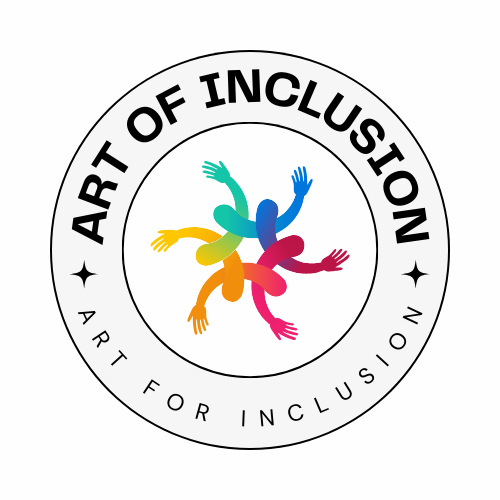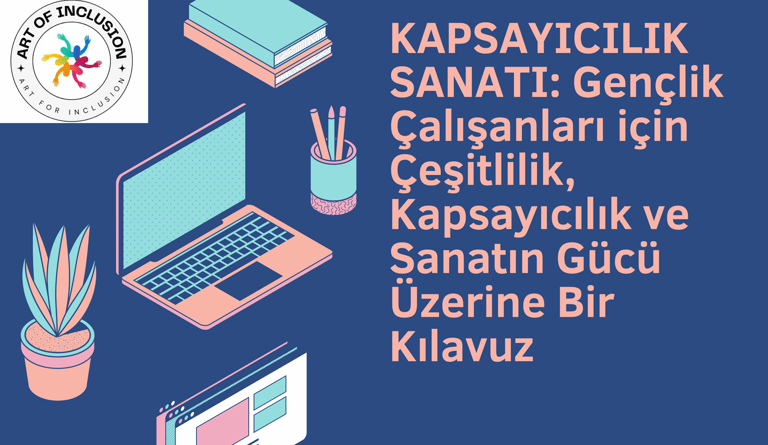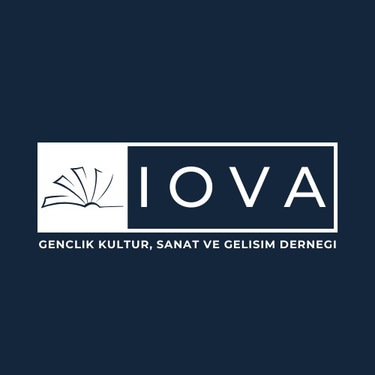
ART OF INCLUSION


"If taking a photograph of a person does not make them noble, then there is no reason for you to take that photograph." — Sebastião Salgado
The language of art transcends boundaries and histories. It enables individuals to express emotions, experiences, and identities that might otherwise remain unspoken. For disadvantaged groups—especially young migrants and refugees—art offers a bridge to inclusion, helping them build trust, connect with peers, and find a sense of belonging.
Engaging in artistic practices such as drama, storytelling, photography, and music helps young people process their experiences, develop communication skills, and explore their identities in safe and creative environments. These forms of expression promote empathy, resilience, and intercultural dialogue—essential components for inclusive societies.
Art for Inclusion is a collaborative Erasmus+ project that empowers youth workers and disadvantaged young people—particularly migrant youth—by using artistic expression to promote inclusion, self-awareness, and intercultural understanding. The project aims to create an innovative training model to support youth workers in engaging with marginalized young people, especially migrants and refugees, by blending traditional creative forms with digital tools.
The project consists of two transnational trainings held in Romania and Greece, each focusing on different art-based methodologies: drama, photography, digital storytelling, music, and visual arts.
Why this project? Because Europe continues to face urgent challenges regarding integration, youth participation, and rising inequalities. Many young migrants and marginalized individuals feel disconnected from the cultural and social fabric of the societies they live in.
Art can serve as a vital tool to counter this trend; it helps foster trust, representation, and connection.
Through the co-creation of this guide, we aim to provide not only inspiration but also practical tools adaptable to local contexts.
The initiative supports European youth workers in facilitating art-based sessions that amplify unheard voices, encourage collaboration, and promote diversity.
Art for Inclusion represents inclusivity felt, seen, and heard—whether shared in a gallery, a drama circle, or in the quiet moment around a photograph.
Art of Inclusion Booklet


